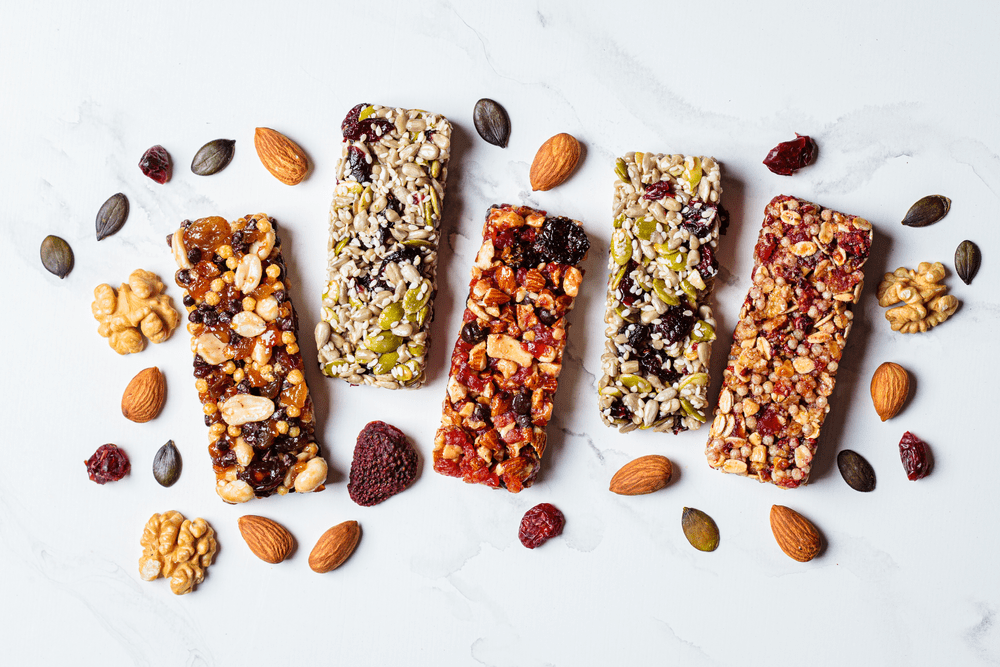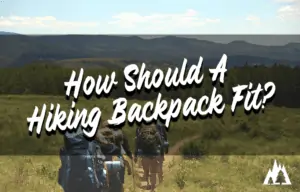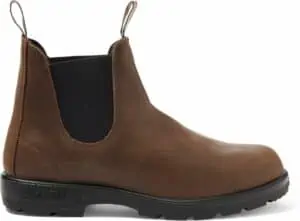How to Keep Food Cold While Backpacking
One surefire way to ruin a backpacking trip is with a foodborne illness from improper food handling.
Cooked hot dogs are safe for consumption for only two hours. After that, they need refrigeration to be considered safe to eat. Are they a good choice for backpackers then? That depends on your ability to keep your food cold for hours on end.
Highly perishable foods like meat, seafood, and dairy products need to be properly cooled if you plan on taking with them hiking or backpacking.
It’s easy to get carried away when planning a backpacking trip and forget about some of the little things that can make your life a lot easier. One such thing is food storage – if you don’t plan properly, you could be dealing with a lot of spoiled food by the time you reach your destination.
Luckily, there are a few ways to prevent this from happening.
Keep reading as we explore your options as well as some of the best camping gear to keep your food cold like a pro.

Food Handling Tips and Tricks
Use an Ice Pack
One of the best ways to keep your food cold while backpacking is to use an ice pack. You can either buy a pre-made one or make your own by freezing water in a plastic bag. If you’re using an ice pack, be sure to put it in the bottom of your cooler or waterproof backpack so that the food stays cold.
Freeze Water Bottles
No ice pack? Try freezing water bottles. This not only creates a cooling effect that will help keep your food cold, but you can also drink the water as it thaws. What better way to stay hydrated on your trip than with this double-duty option.
Pack Your Food in Small Containers
When packing your food, try to use small containers. This will help keep the food cold longer since there will be less air exposure. Plus, it’s just easier to eat out of smaller containers when you’re on the go.
Use a Thermos
Another great way to keep your food cold is to use a thermos. This is especially helpful if you’re planning on eating hot food, like soup or chili. Just pack your food in the thermos and it will stay warm (or cold) for hours.
Invest in a Good Cooler
Of course, one of the best ways to keep your food cold is to invest in a good cooler. There are a lot of great options on the market, so be sure to do your research before making a purchase.
You will want one that is big enough to fit all of your food, but not so big that it’s difficult to carry. When packing your cooler, be sure to put the ice pack or frozen water bottles at the bottom so that they can help keep the food cold.
Pack it as tightly as possible as the more air in the cooler the quicker your food will start to warm up.
Wrap Food in Aluminum Foil Before Packing It in the Cooler
Wrapping your food in aluminum foil before packing it in the cooler is a great way to keep it cold. The foil will help to reflect the heat and keep the food from spoiling.
Use Frozen Vegetables
Pack some frozen vegetables with your lunch or dinner. Not only will they help keep your food cold, but they’ll also be a healthy addition to your meal. In fact, the more foods you can bring from a frozen state, the better.
Bring things with you like frozen meat, frozen soups, and whole frozen dishes like curries and stews.
Plan Your Meals Ahead of Time
One of the best ways to prevent your food from spoiling is to plan your meals ahead of time. This way, you can pack only what you need and avoid having leftovers that will go bad.
Eat your fresh food first and keep your non-perishable items for later. Try to keep the foods you will eat first in the top of your cooler or backpack so you’re not fumbling around in your container, letting out cool air while scrummaging for food.
Avoid Dairy, Meat, and Seafood
If you’re worried about your food going bad, avoid packing dairy products, meat, and seafood. These items are more likely to spoil quickly, so it’s best to leave them at home.
The caveat here is that you can opt for the long-lasting, shelf-stable varieties of dairy and meat products if you must have them. These include items like hard cheeses, dry sausage, and jerky.
Don’t Forget the Snacks
Last but not least, don’t forget the snacks. Pack some trail mix, granola bars, or other non-perishable items that will tide you over between meals.
Best Food Storage Containers
It’s crucial to pick the proper food storage container for trekking to keep your provisions cool. The container should be insulating, and the seal should be tight.
Vacuum-sealed pouches are some of the greatest hiking food storage containers. These pouches are made of robust material with a good seal. They’re also simple to maintain. Vacuum-sealed food containers in the shape of cubes or rectangles are another option. These vacuum storage containers aid in the preservation of food.
Another excellent choice is a food storage box. These containers are airtight, durable, stackable, and space-efficient. If you’re looking for a container with all of these qualities, a food storage box is your best bet.
Final Thoughts
When it comes to keeping your food cold while backpacking, we’ve laid out a number of different methods that you can use. With the right outdoor gear and this guide, you will be able to keep your food cool and fresh.
Whether your backpacking trip involves trekking through the mountains, fishing the best lakes, or going on a city excursion, these tips will help you keep your food safe to eat. The last thing you want is for bad food to spoil your trip.
Be sure to check out our hiking articles for more tips on keeping safe and having fun while backpacking through the trails.
Happy Backpacking!






